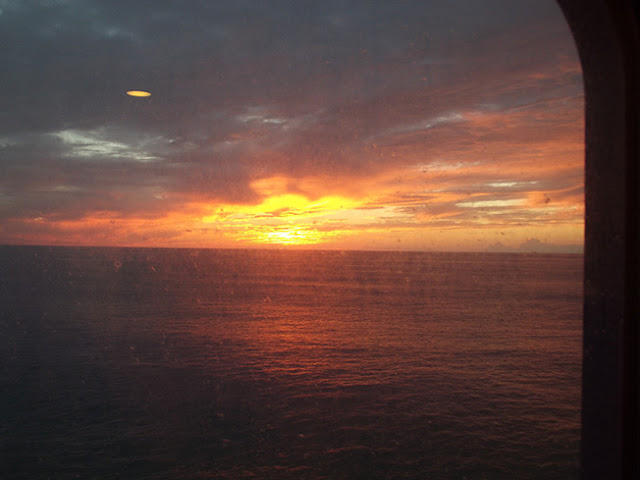Should you be in Essex in the vicinity of the village of Tiptree, halt awhile and look around. It appears at first sight to be a linear village of no particular remark yet not so very long ago it was the home of the Anchor Press, one of the largest book printers in the UK.
But why is this terrace of houses called 'Damson Gardens'? Because they were built to house the workers from the jam factory. Wilkin and Sons, manufacturers of the famous Tiptree range of jams, farm about 1.000 acres around the village and have been making jam here since 1885.
 |
| The genuine article. |
Wilkin and Sons have now expanded into tea rooms. We visited their museum, and then craftily nipped into the tea room for an early lunch snack at about 11.30. By the time we had finished the room was full and customers were queueing, waiting for tables to empty.
 |
| A fraudulent copy, but amusing nonetheless. |
The jar on the left I found quite amusing and was disappointed that Wilkins had not made it themselves.
Tiptree claims to be the biggest village in Essex with a population of approximately 9,000. The Anchor Press has gone and I should imagine that Wilkin and Sons are the largest employer in the village. Tesco's have moved in and I was pleased to see on their otherwise blank facade to the high street this tiled mural depicting the village with the light railway in the background, the jam factory and fruit fields and orchards and in the foreground an Edwardian picnic laid out with... Wilkin and Sons jams in obvious evidence.
 |
| The Tiptree tiled mural on the wall of Tesco's. |











